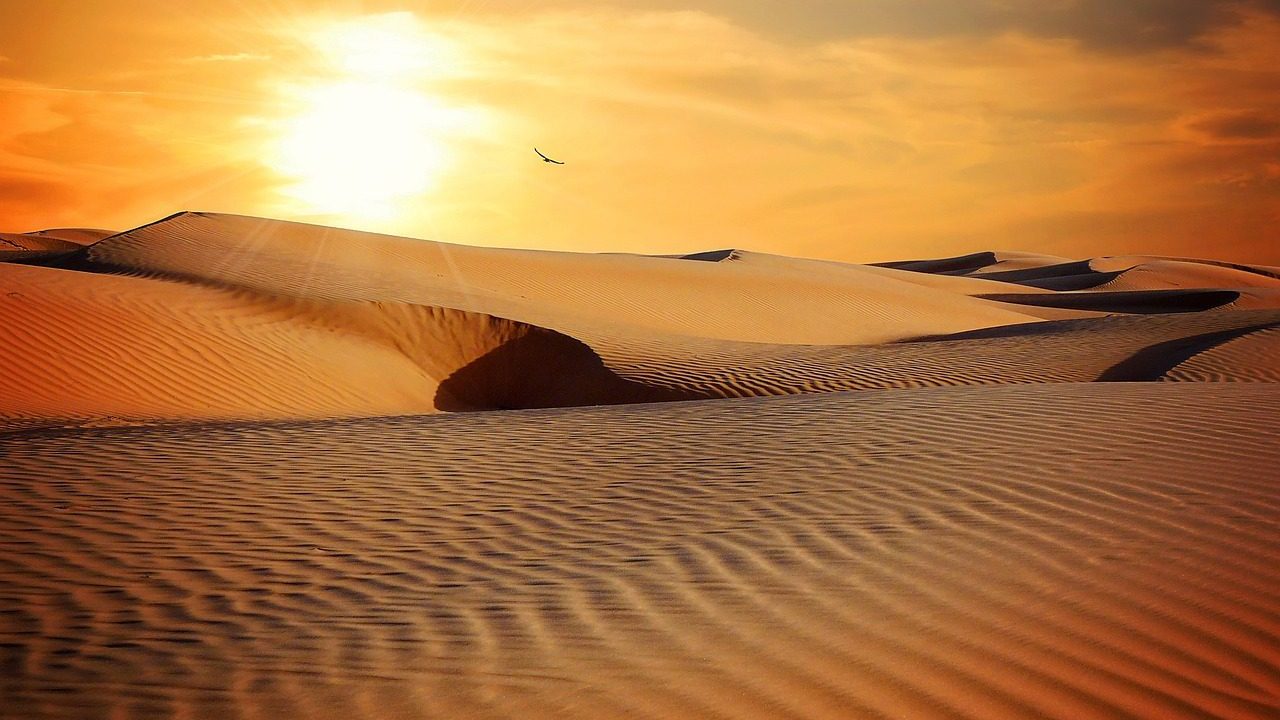mofotechblog.com – Deserts are often associated with extreme conditions and mesmerizing landscapes, but they also harbor one of nature’s most intriguing phenomena: mirages. These optical illusions captivate the imagination and have been the subject of countless stories and myths. This article explores the science behind the mirage effect, how it manifests in the desert environment, and its impact on travelers throughout history.
Understanding the Mirage Effect
A mirage is an optical illusion that occurs when layers of air at different temperatures bend light rays, creating distorted images of distant objects or the sky. This phenomenon is most commonly observed in desert regions due to the intense heat. When the ground is extremely hot, the air directly above it becomes warmer than the air higher up. This temperature gradient causes light to refract, or bend, as it passes through the layers, leading to the appearance of water or other objects that are not actually present.
Types of Mirages
There are two main types of mirages: inferior and superior.
Inferior Mirages
Inferior mirages are the most common and typically occur on hot surfaces, such as desert sand or asphalt roads. They often create the illusion of water on the ground, as light from the sky is refracted upward, making it appear as though there is a reflective surface.
Superior Mirages
Superior mirages occur when the air near the ground is cooler than the air above. These are less common in deserts but can appear in polar regions or over large bodies of water. Superior mirages can make distant objects appear elevated, inverted, or elongated.
The Mirage Effect in Desert Exploration
For centuries, mirages have played a significant role in desert exploration. Ancient travelers and traders often reported seeing lakes or oases that vanished upon approach, leading to tales of enchanted lands and mystical visions. These illusions could lead to dangerous situations, as explorers might be drawn off course in search of non-existent water sources.
Mirages in Culture and Myth
Mirages have inspired countless myths and legends across cultures. In Arabian folklore, the concept of “Fata Morgana” refers to complex mirages that create the illusion of castles or cities hovering above the horizon. Such stories have fueled the imagination of adventurers and writers, contributing to the desert’s mystique.
Scientific Exploration and Art
Today, scientists study mirages to understand the atmospheric conditions that create them, contributing to broader knowledge about climate and weather patterns. Artists and photographers also find inspiration in mirages, capturing their ethereal beauty and the surreal landscapes they create.
Conclusion
The mirage effect is a fascinating interplay of light and heat, creating illusions that challenge our perceptions and capture our imagination. In the desert, where the environment is both harsh and captivating, mirages serve as a reminder of nature’s power to deceive and delight. Whether viewed as a scientific curiosity or a source of artistic inspiration, mirages continue to intrigue and inspire those who venture into the world’s arid landscapes.
